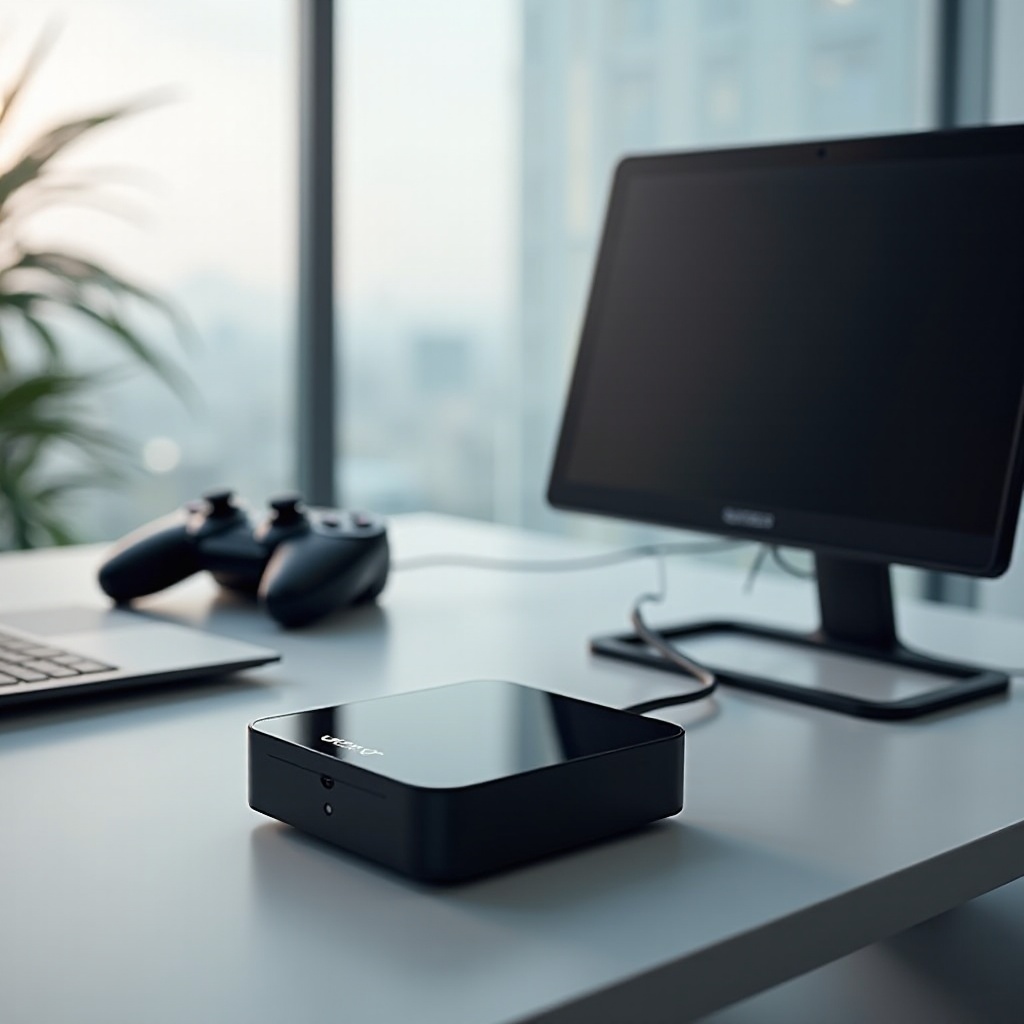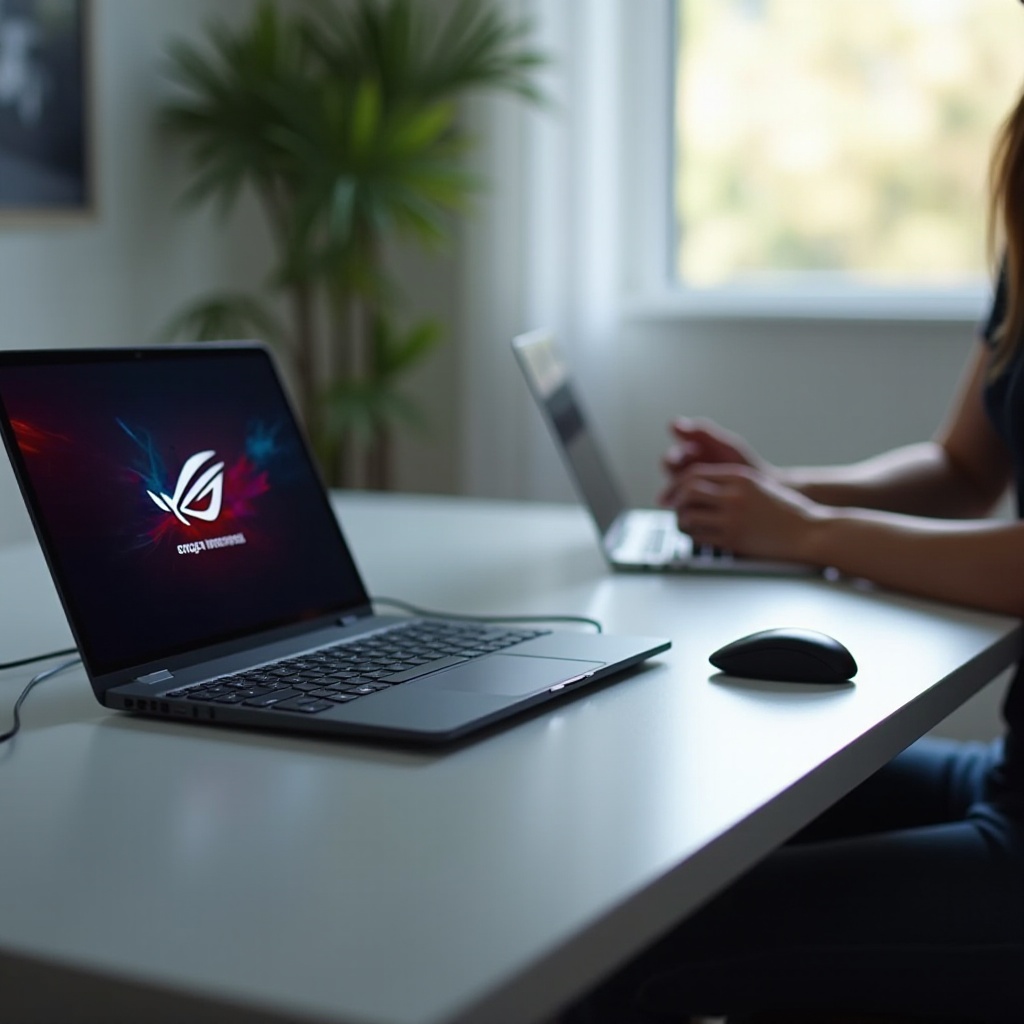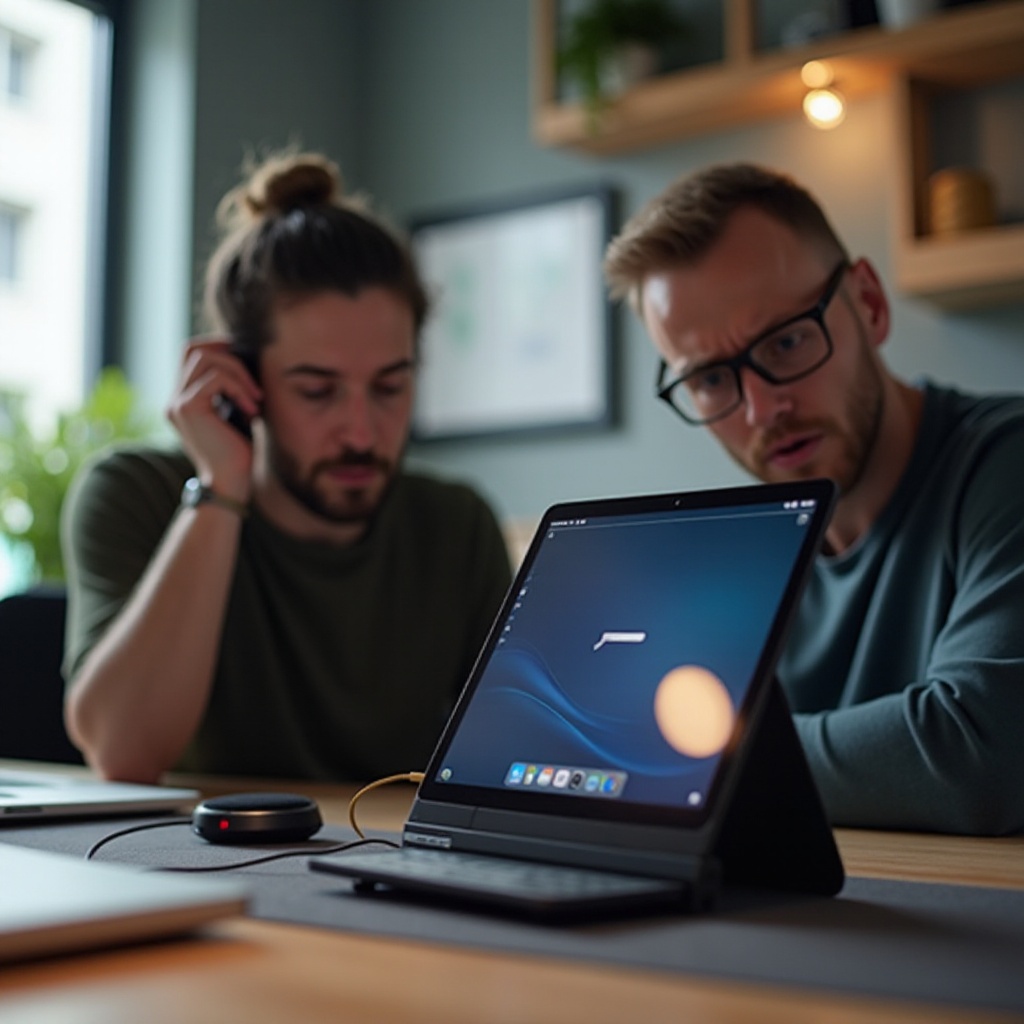Introduction
Connecting the ROG Ally to a tablet opens a myriad of opportunities for gamers. Whether you seek an enhanced portable gaming experience or the flexibility to switch between devices seamlessly, understanding the connection process can be a game-changer. This blog provides insights into the compatibility, benefits, and step-by-step guide to integrate your ROG Ally with a tablet for the ultimate gaming experience.

Understanding ROG Ally and Tablets
What is ROG Ally?
ROG Ally is a high-performance gaming accessory designed by the Republic of Gamers (ROG) team. It provides gamers with an edge through optimized control and connectivity options that cater to various gaming needs. Equipped with advanced features such as ergonomic design, precision control, and robust build, it significantly upgrades your gaming setup.
Overview of Tablets’ Role in Gaming
Tablets are increasingly recognized as versatile devices in the gaming world. With larger screens compared to mobile phones and portability that desktops lack, tablets offer a middle ground. Their touch capabilities and ever-improving specifications make them suitable for many modern games, enhancing the mobility and flexibility of gaming enthusiasts.

Benefits of Connecting ROG Ally to a Tablet
Connecting your ROG Ally to a tablet brings several advantages, transforming your gaming experience.
Enhanced Portability and Flexibility
By connecting your ROG Ally to a tablet, you bring the best of both worlds together. Tablets amplify portability, allowing you to carry your gaming setup effortlessly wherever you go. This setup facilitates gaming on the move, whether commuting, traveling, or hanging out at a friend’s place without sacrificing game performance.
Improved Gaming Experience
Tablets often come with high-resolution displays, touchscreen capabilities, and powerful processors. When paired with the precision controls of the ROG Ally, it results in smoother, more responsive gameplay. This combination promises a heightened gaming experience, with less lag and more intuitive control, giving you an edge in competitive gaming.
Compatibility Check
Ensuring compatibility between your ROG Ally and tablet is crucial for an optimal gaming experience.
Compatible Tablet Models
Not all tablets will sync seamlessly with ROG Ally. Focus on tablets renowned for their gaming capabilities like the iPad Pro, Samsung Galaxy Tab S series, and Microsoft Surface Pro. These models boast high-resolution screens, robust processors, and ample memory, crucial for maintaining smooth gaming performance when paired with ROG Ally.
Required Tablet Specifications
To ensure compatibility and optimal performance, your tablet should meet certain criteria:
– A minimum of 4GB RAM for basic games, though 8GB or more is preferable.
– A powerful GPU and a high-refresh-rate display for a smoother experience.
– USB-C or similar modern port for connection.
– Compatibility with connected peripherals such as Bluetooth controllers.
Step-by-Step Guide to Connect ROG Ally to a Tablet
Connecting your ROG Ally to a tablet requires a few essential accessories and a straightforward process.
Necessary Accessories
Before proceeding with the connection, ensure you have the following accessories:
1. OTG (On-The-Go) Adapter: This connects your ROG Ally to the tablet.
2. USB-C Cable: Necessary for establishing the connection.
3. Additional Power Bank: Useful for extended gaming sessions without battery concerns.
4. Tablet Stand: Enhances the stability of your tablet while gaming.
Step-by-Step Connection Process
- Preparation: Ensure both your ROG Ally and tablet are fully charged.
- Connect OTG Adapter: Insert the OTG adapter into your tablet’s USB-C port.
- Attach ROG Ally: Connect the other end of the adapter to your ROG Ally using the USB-C cable.
- Installation: Follow any prompt on the tablet for software or driver installation.
- Pairing: Once detected, pair the devices as directed on the screen.
- Configuration: Adjust any settings in the tablet’s control panel to optimize for the peripheral device.
- Test: Launch a game to ensure everything is set up correctly, ensuring there’s no lag or connectivity issues.
Troubleshooting Common Issues
Even with the right setup, you might encounter some common issues.
Connectivity Problems
If you encounter connectivity issues:
– Ensure cables and adapters are securely connected.
– Restart both the tablet and ROG Ally.
– Check for software updates for both devices.
– Try a different OTG adapter or USB-C cable.
Performance Optimization
For better performance:
– Close unnecessary apps running in the background.
– Lower game settings to reduce lag.
– Ensure your tablet is in high-performance mode.
– Keep the device cool to prevent overheating.

Conclusion
Connecting the ROG Ally to a tablet can significantly enhance your gaming mobility and experience. With the right accessories and knowledge, the process is straightforward. Open up a world of possibilities by leveraging the power of these devices for an enhanced, seamless gaming experience.
Frequently Asked Questions
Can I connect my ROG Ally to any tablet?
While you can attempt to connect ROG Ally to most tablets, for optimal performance, ensure your tablet meets the recommended specifications and is a recognized high-performance model.
What should I do if the connection is unstable?
Check that your cables and adapters are secure, restart devices, update software, and ensure there are no background applications consuming resources, affecting the connection.
Are there any specific accessories needed to connect?
Yes, you will need an OTG adapter, a USB-C cable, and possibly a power bank for longer gaming sessions. A tablet stand is also recommended for stability.